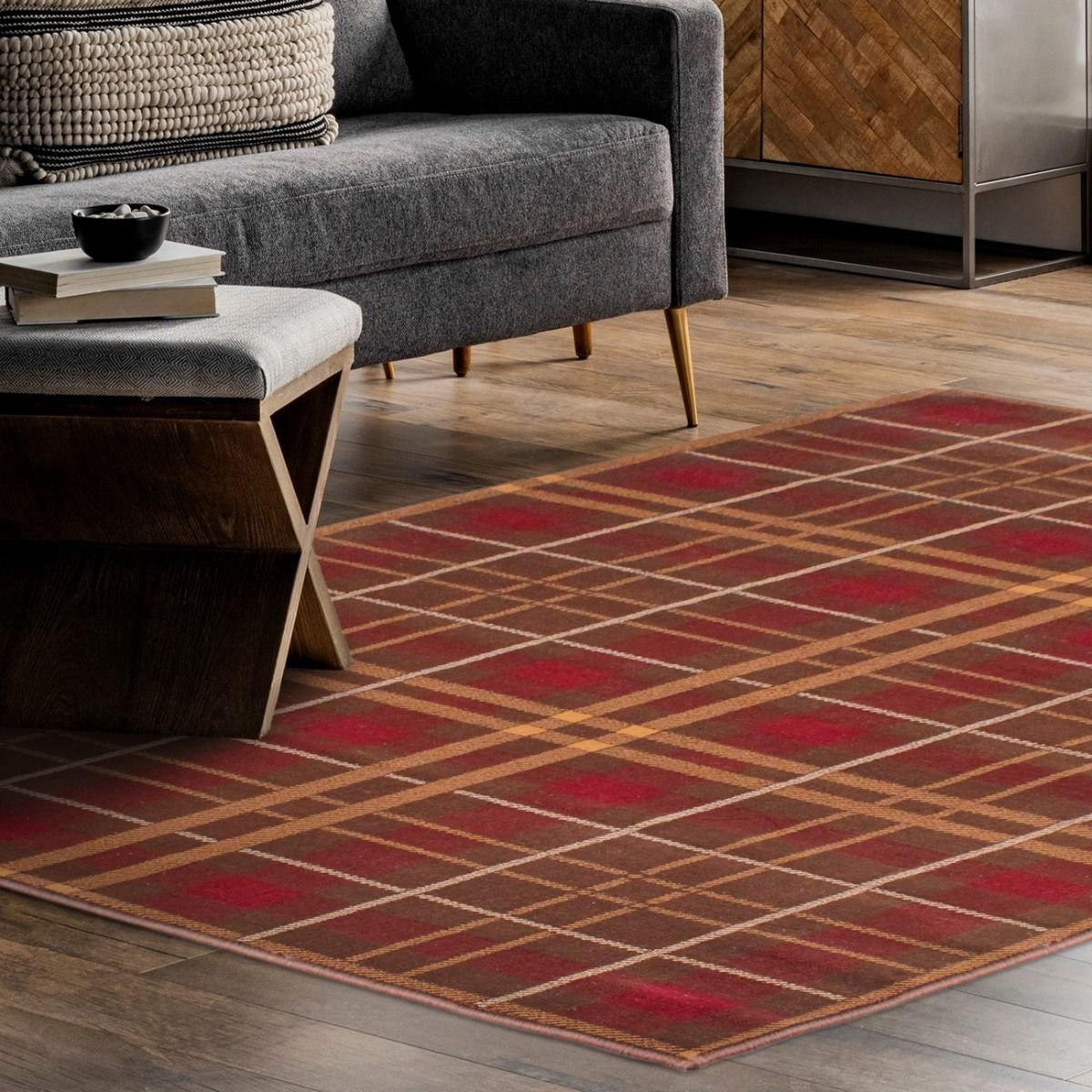Area rugs have long been essential in interior design, acting as both practical and ornamental accents that can unify a room or define certain zones within a larger area. Runner area rugs are one of the many varieties of area rugs that are available and have a special place in interior design. These long, narrow rugs are a great option for many rooms in your house because they are both functional and versatile. In this article, we'll examine the runner area rug market and provide you practical advice on how to use them to improve the aesthetics and usability of your living areas.
1) Define
Your Space
Defining and
separating zones within a room is one of the main functions of floor
runner rugs. These rugs can be utilized to make paths, indicate
changes between spaces, or visually demarcate different zones. For instance, in
an open-concept living and dining area, putting a runner rug under the dining
table can help define the dining space and make it feel more private and
distinct from the larger living area.
2)
Enhance Your Hallways
When it
comes to designing, hallways are frequently disregarded, yet they present a
great opportunity to use runner area rugs. An otherwise bland and functional
space can benefit from the color, texture, and personality that a well-chosen
runner can bring. To make a corridor feel cozier and to guard your flooring
from damage, think about installing a runner.
3) Create
Focal Points
You can
utilize large rugs
to make focal points in various rooms of your house. A bright,
eye-catching doorway runner may capture attention right away and establish the
mood for your interior decor. To leave a memorable impression on your guests as
soon as they enter your home, choose a runner with a striking pattern or
distinctive design.
4)
Protect High high-traffic areas
Your home's high-traffic areas, including the halls and entryways, are more likely to sustain damage. Area rugs for runners add an extra layer of defense to your flooring, reducing the risk of dents, scratches, and stains. Additionally, because you can easily roll up the rug for cleaning or replacement as necessary, they make it simpler to maintain and clean these busy areas.
5) Size
Matters
It's important to pick the appropriate size for your runner area rug. Measure the area where you want to put the rug to make sure it will fit comfortably without looking too small or overwhelming the environment. Choosing a runner that is too short, leaving an unpleasant gap on either end, is a common error. A runner should ideally extend the entire length of the space it is designed for, and if necessary, you can cut it to make it fit perfectly.
6)
Layering For Depth
It's important to pick the appropriate size for your runner area rug. Measure the area where you want to put the rug to make sure it will fit comfortably without looking too small or overwhelming the environment. Choosing a runner that is too short, leaving an unpleasant gap on either end, is a common error. A runner should ideally extend the entire length of the space it is designed for, and if necessary, you can cut it to make it fit perfectly.
7) Choose
The Right Material
There are
many different materials available for runner area rugs, each having special
qualities of their own. Based on the planned use, take into account the
usefulness and comfort of the rug's material. For instance, choosing a
resilient and easy-to-clean material like wool or synthetic fiber for a runner
in a high-traffic location may be the ideal option. In contrast, you can use a
softer and more opulent material, like silk or shag, for a bedroom or other
less often-used area.









0 Comments